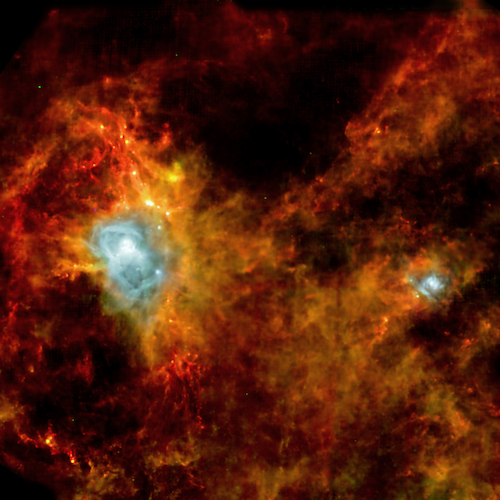Q: Do the masses and densities of interstellar clouds govern the sizes of stars that are born in the clouds?
Bruce Ameismeier,
Chicago, Illinois
A: For stars like our Sun, their physical size is set by a great physics balancing act between gravity and radiation. The force of gravity crushes down, trying to shrink the star. The central nuclear fusion reactor inside releases energy, which heats and puffs up the star. If it puffs up too much, though, the reactor slows down and the star cools.
So for a given star of a particular size, a natural balance is reached between the inward pull of gravity, set by the star’s mass, and the outward push of radiation, set by the process of nuclear fusion in the star’s core. In brief, a star’s size is predominantly set by its own mass.
But how is a star’s mass set? As your question suggests, the properties of the parent gas cloud should play a role. We know that the parts of interstellar clouds that are dense enough to form stars are at best loosely bound together by gravity. As they contract under the influence of gravity, they don’t crush down into one star, but instead break up into multiple smaller and denser parts, called “pre-stellar cores.” These cores are the birth sites of individual stars. The mass and density of interstellar clouds appear to be important physical properties for determining the number of these cores, and thus the number of stars that the cloud will form.
However, we still don’t have a strong understanding about how much mass from a given core makes it into the final star. All we know is that a wide array of different star-forming regions in the Milky Way seem to end up with a similar mix of low- and high-mass stars, so the mass and density of the parent cloud don’t seem to have a strong impact. Work continues!










